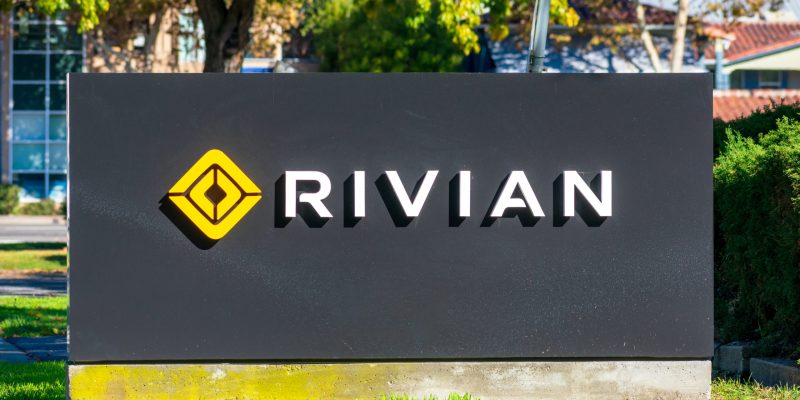
Bank of America analyst John Murphy downgraded Rivian Automotive to underperform from neutral, citing growing risks for the electric vehicle maker.
He also reduced his price target from $13 to $10, implying a potential 22.9% downside for the stock.
“RIVN remains one of the most viable among the startup EV OEMs and is making progress towards sustainably positive gross margins. However, the 2025 outlook was softer than we had expected, and the VW partnership is complicating earnings forecasts for at least the next four years,” Murphy wrote in a note to clients on Monday.
Rivian shares were down over 3% in pre-market trading on Monday.
Rivian’s bumpy road ahead
Murphy highlighted Rivian’s joint venture with Volkswagen as a factor adding uncertainty to its earnings outlook.
He also pointed to rising competition in the EV market, particularly with new SUVs and crossover utility vehicles (CUVs) expected to launch in 2026 and 2027.
Combined with a slower-than-expected ramp-up of Rivian’s R2 vehicle, these factors could challenge the company’s long-term sales growth.
Rivian recently exceeded Wall Street expectations in its fourth-quarter earnings and reported its first-ever quarterly gross profit.
However, the company expects lower sales in 2025 and has not provided a clear timeline for reaching full profitability.
Murphy also cited potential policy risks under the Trump administration, particularly regarding EV incentives and government support for the sector.
He noted that Rivian’s $6.6 billion loan from the Department of Energy, finalized in January, could face uncertainty if federal cost-cutting measures are prioritized.
“Demand for EVs is slowing and may not get much better near-term with indications that the US may pull back on EV incentives,” Murphy wrote.
President Trump has previously pledged to roll back federal emissions standards and fuel economy requirements that incentivize EV production.
Additionally, his administration recently paused a federal clean energy program aimed at expanding the country’s EV charging network.
Rivian’s Q4 earnings
Rivian reported a gross profit of $170 million in the final quarter of last year, which includes production and sales but excludes other expenses.
The company anticipates achieving another “modest gross profit” in 2025 but has not provided a timeline for bottom-line profitability.
Rivian’s quarterly gross profit and revenue benefited from $299 million in regulatory credit sales and $214 million in software and services revenue.
The company sells regulatory credits to other automakers to help them meet emissions standards, but future sales could be impacted by potential regulatory changes under the Trump administration.
For the full year 2024, Rivian reported a net loss of $4.75 billion, or $4.69 per share. The company’s revenue for 2024 was $4.97 billion, marking a 12% increase from $4.43 billion in 2023.
For 2025, Rivian expects to reduce its adjusted losses to a range of $1.7 billion to $1.9 billion, an improvement from the $2.69 billion loss in 2024.
The company also forecast deliveries of 46,000 to 51,000 vehicles for 2025, slightly lower than the 51,579 units delivered last year.
The post Why Rivian shares are down over 3% in premarket trading appeared first on Invezz









